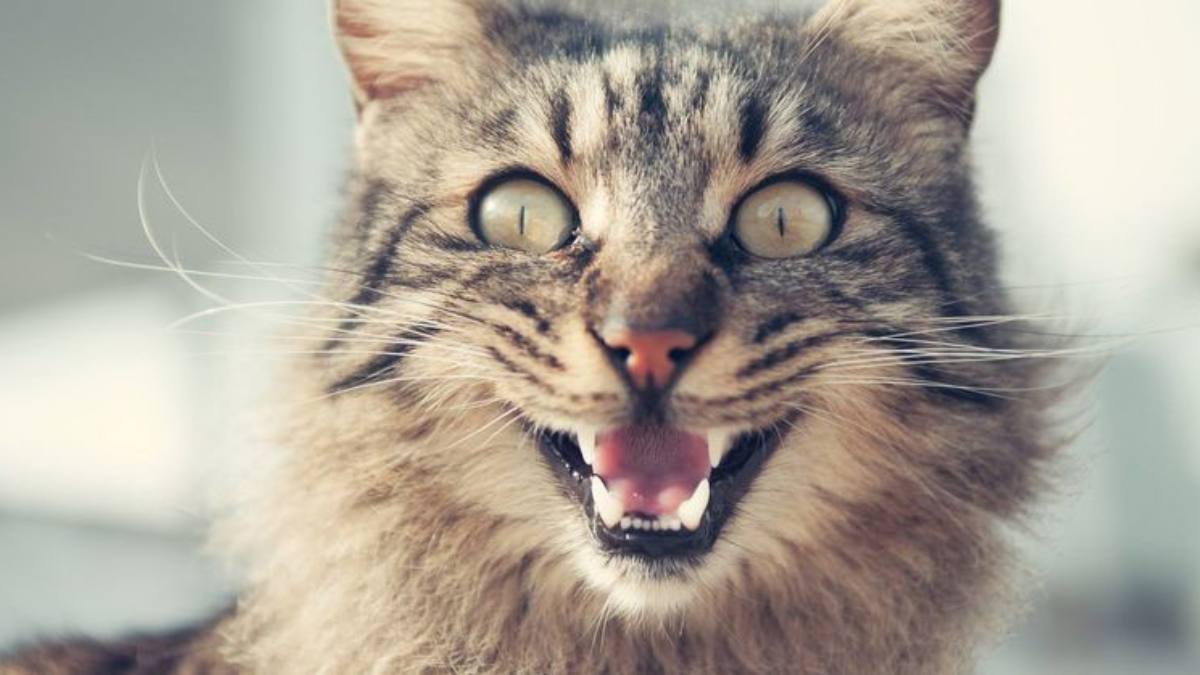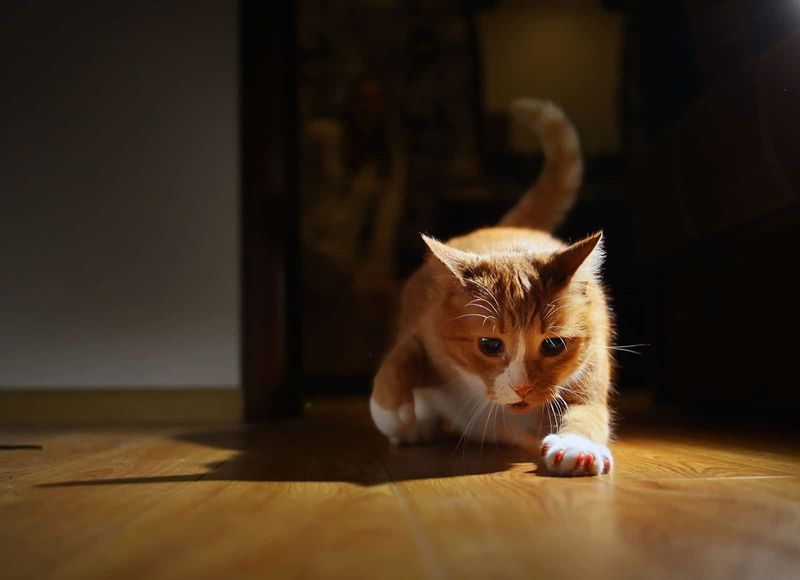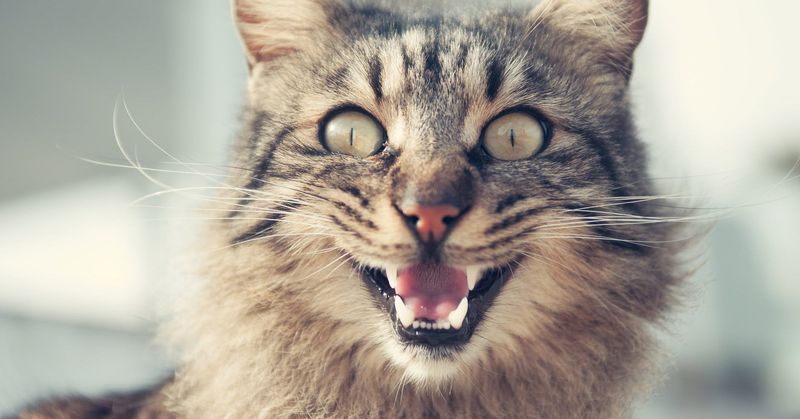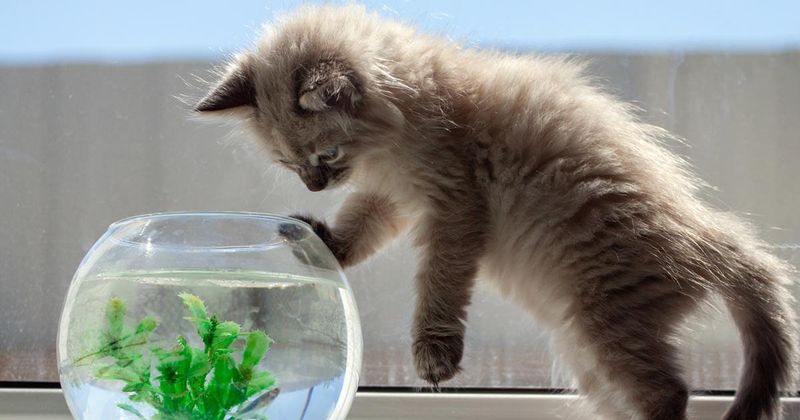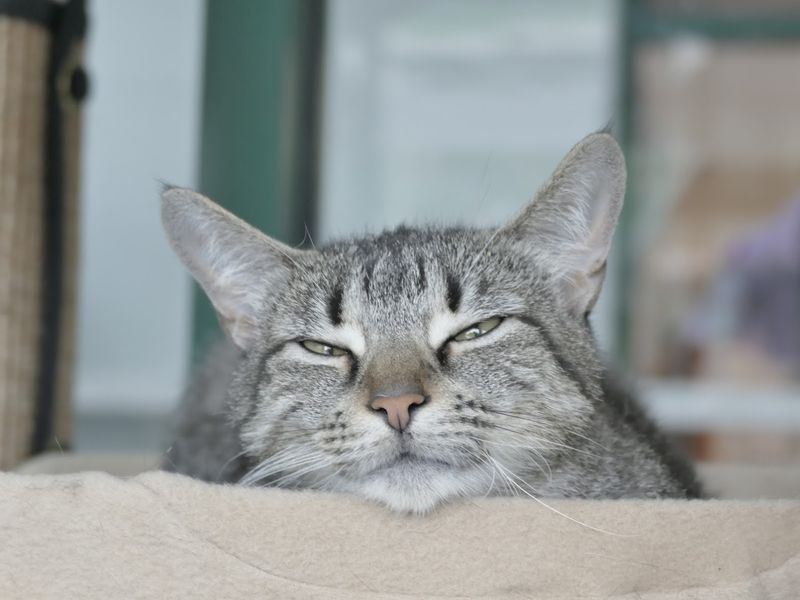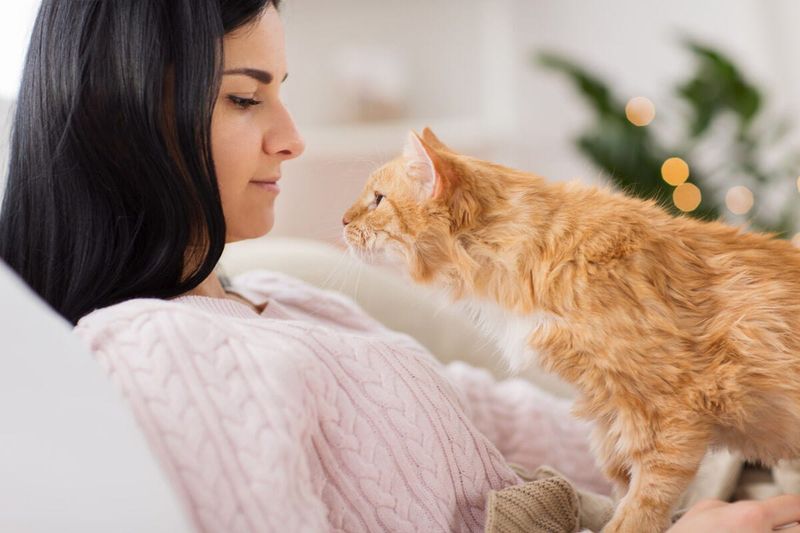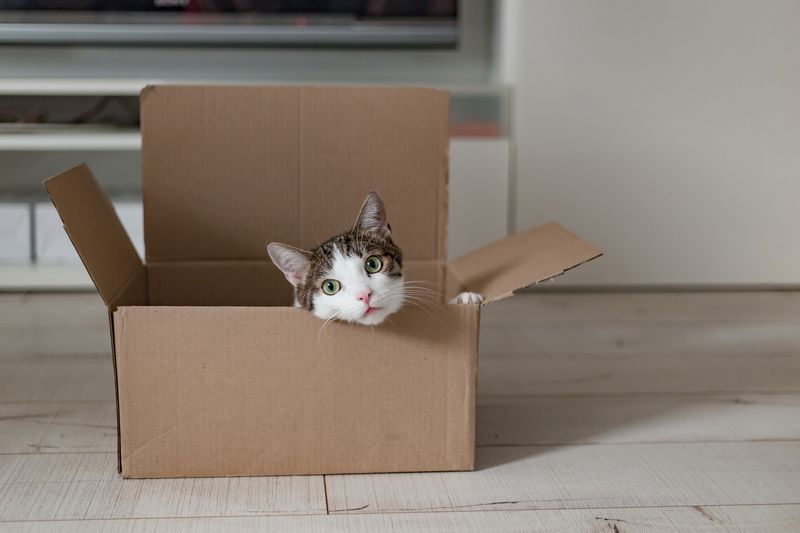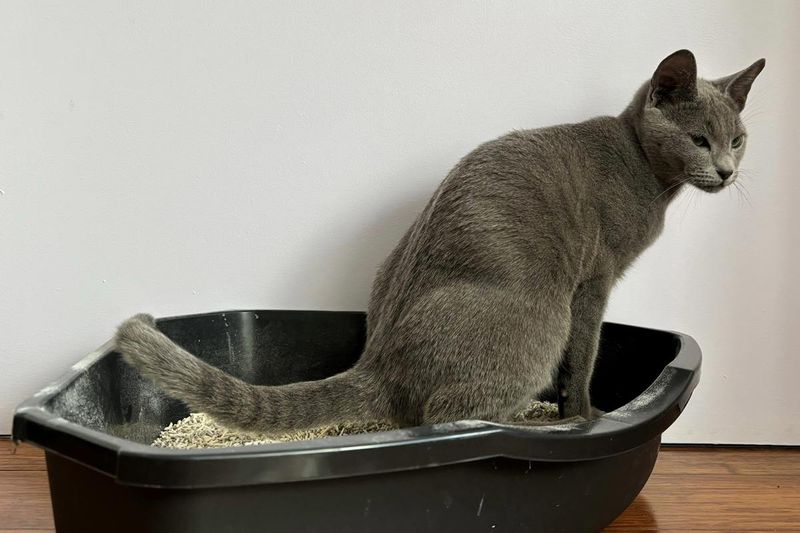📖 Table of Content:
Living with cats often feels like sharing your space with mischievous little aliens. From random 3 AM zoomies to kneading with sharp claws, their behavior can be both perplexing and amusing. They may even bring “gifts” that are far from what one would expect, leaving their owners bewildered.
Despite the oddness of these actions, there is a deeper explanation for each quirky habit. Cats have unique instincts and communication methods that may not always make sense to humans. Their behaviors, while puzzling, often have evolutionary or environmental roots.
Understanding these behaviors can help owners better navigate their cats’ strange yet endearing ways. By exploring the science behind these habits, the mysteries of feline life can be unraveled. This insight into 7 common cat behaviors sheds light on why cats act the way they do.
1. Midnight Zoomies
Your peaceful slumber gets interrupted by the thundering sound of your cat racing through the house at top speed. These random bursts of energy, often occurring at night, are actually remnants of your cat’s wild hunting instincts. Cats are crepuscular hunters, meaning they’re naturally most active at dawn and dusk.
In your home, this translates to sudden energy releases when their bodies tell them it’s prime hunting time. Domestic cats still follow this internal clock. Regular play sessions before bedtime can help reduce nighttime zoomies by giving your cat a chance to burn off that excess energy when it’s more convenient for you.
2. Bringing Dead ‘Presents’
Finding a dead mouse or bird on your doorstep isn’t exactly the gift most owners want. Yet your cat seems so proud when presenting these macabre offerings. This behavior stems from their instinctive role as teachers and providers. Mother cats in the wild bring injured prey to their kittens as hunting lessons.
Your well-fed house cat views you as family who needs hunting education! The fact that they bring these gifts to safe areas shows they consider your home their secure territory. A bell on their collar can reduce successful hunts if outdoor access is necessary, while increased interactive play satisfies hunting instincts safely indoors.
3. Knocking Things Off Shelves
That deliberate paw that sends your valuables crashing to the floor isn’t just your cat being a jerk. Cats are naturally curious creatures with paws designed for exploring their environment through touch. Objects on edges present irresistible physics experiments.
Cats learn cause and effect through this behavior – push an object, the object falls, an interesting sound happens, human gives attention. Even negative attention is still attention to a cat! The movement also triggers their prey drive, as it mimics how small animals might scurry away. Providing appropriate toys and regular stimulation helps redirect this behavior to less destructive targets.
4. The Slow Blink
That dreamy, half-lidded gaze your cat gives you across the room isn’t just sleepiness. Cat behaviorists call this the ‘slow blink’ or ‘cat kiss,’ and it’s actually a sign of deep trust and affection. In cat language, closing eyes around another creature shows vulnerability and comfort. When cats stare without blinking, they’re actually in alert or threatened mode.
The slow blink signals they feel safe enough to momentarily let their guard down around you – high praise from a natural predator! Try returning the slow blink when your cat does this. Many cats will respond positively, creating a sweet moment of non-verbal communication between species.
5. Kneading Your Lap
Those rhythmic paw pushes against your lap might be cute, but can also be painfully sharp. Kneading behavior begins in kittenhood when nursing kittens massage their mother’s mammary glands to stimulate milk flow. This early association with comfort, security, and nourishment stays with cats for life.
Adult cats knead when they’re feeling content and relaxed – it’s essentially a compliment that they feel as secure with you as they did with their mother. Some cats even drool during kneading, further evidence of this nursing-time regression. A thick blanket on your lap can protect against sharp claws while still allowing your cat this natural expression of happiness.
6. Hiding In Small Spaces
Finding your cat squeezed into tiny boxes, vases, or bathroom sinks might seem bizarre. This space-defying behavior actually comes from their wild ancestors’ need for security. Small, enclosed spaces protect from larger predators and offer tactical advantages for ambushing prey.
The pressure of tight spaces also releases endorphins in cats, creating a calming sensation similar to how weighted blankets work for humans. Your cat feels both physically and emotionally secure when compressed in these cozy hideaways. Providing cat-appropriate small spaces like cardboard boxes or cat caves helps satisfy this instinctual need while keeping them out of your drawers and cabinets.
7. The Post-Litter Box Sprint
The mysterious burst of energy after using the litter box often leaves owners bewildered. This phenomenon, sometimes called ‘poo-phoria,’ has several possible explanations rooted in survival instincts. In the wild, elimination leaves cats vulnerable to predators, so the sprint might be a leftover instinct to flee the scene quickly.
The physical relief after elimination can also trigger a sudden energy release. Some veterinarians suggest it might be a celebration of successful territory marking, while others point to vagus nerve stimulation during elimination, creating a brief euphoric response. As long as your cat uses the litter box properly, this quirky post-bathroom dash is completely normal and harmless.
